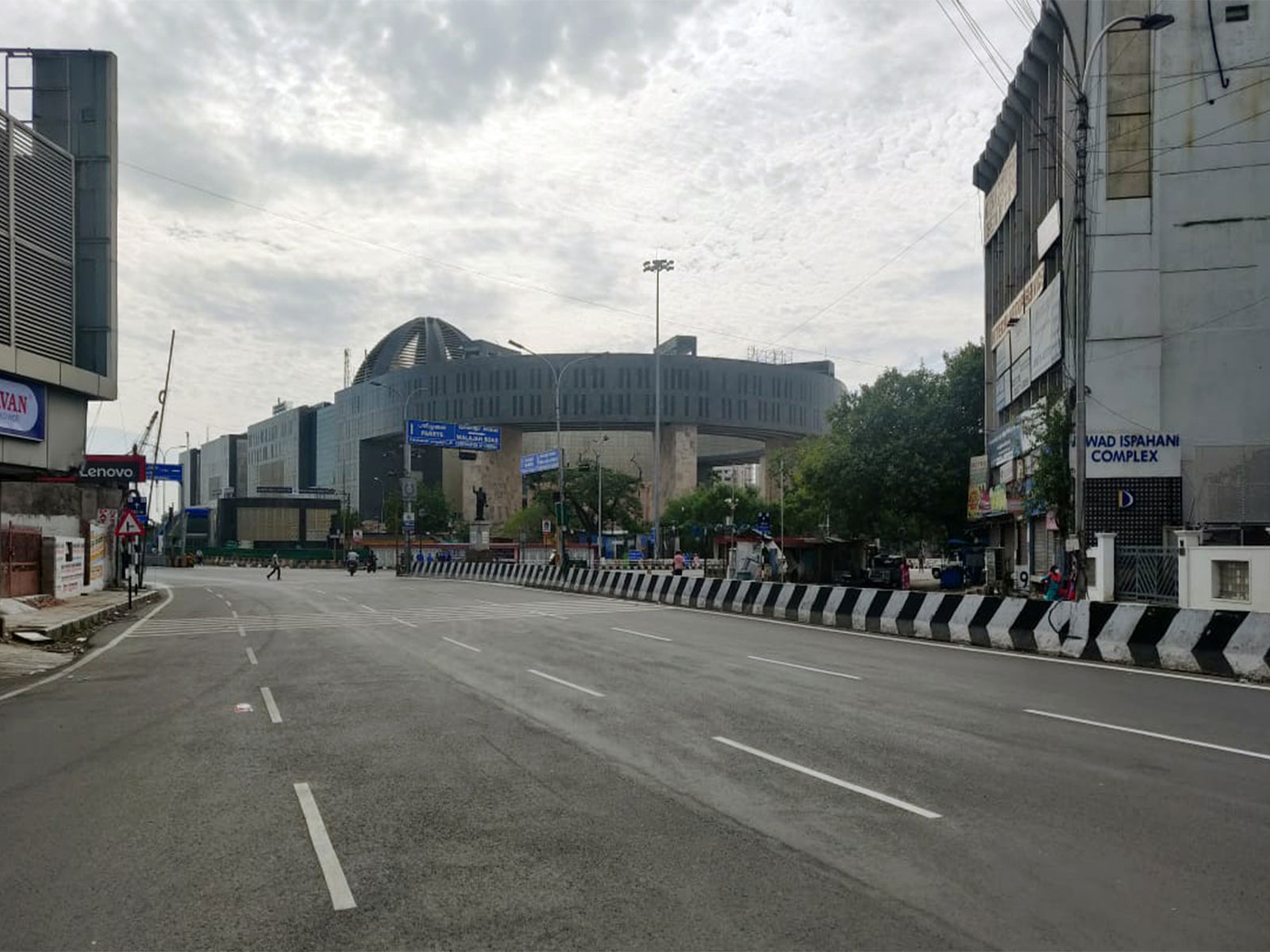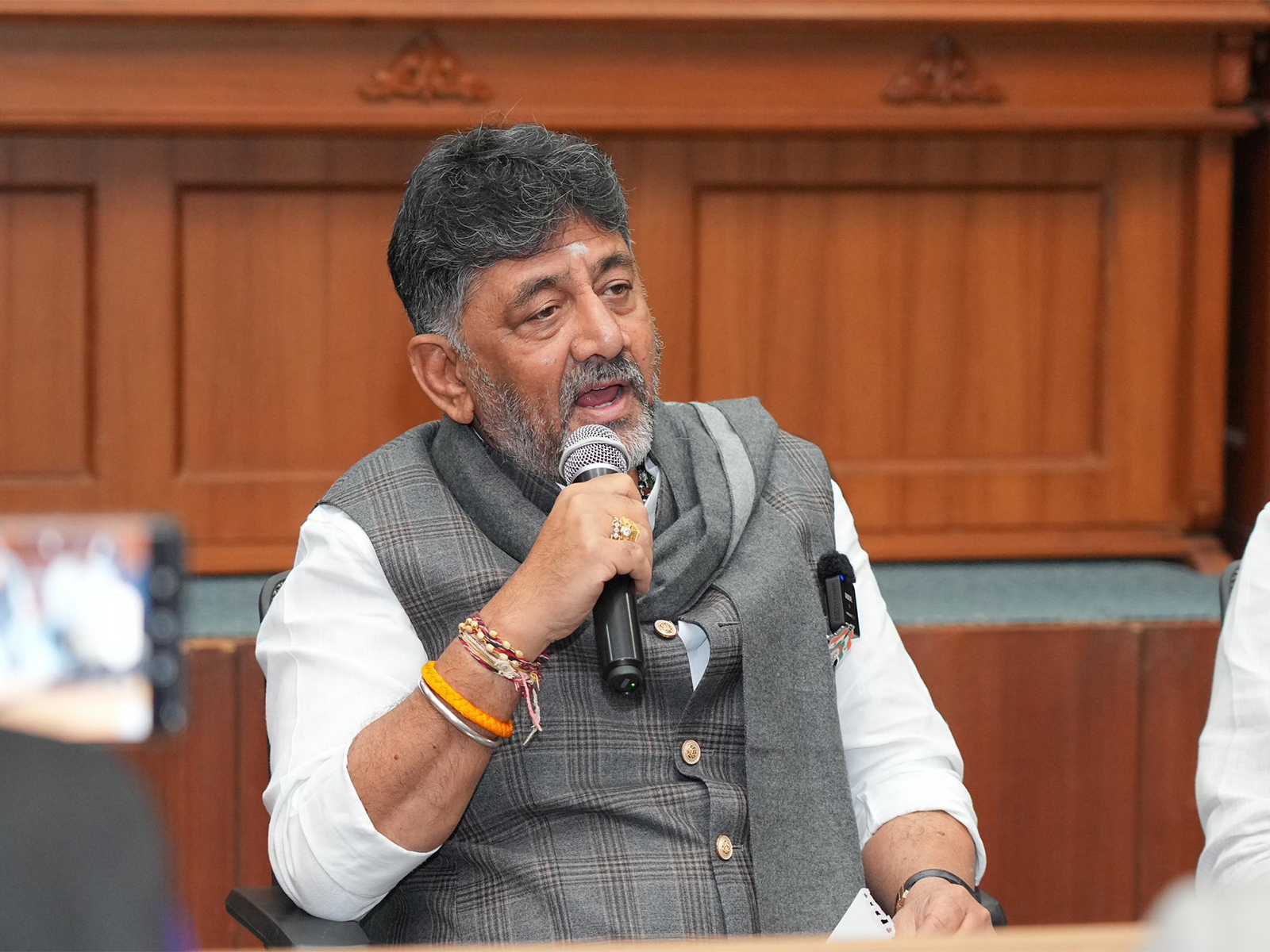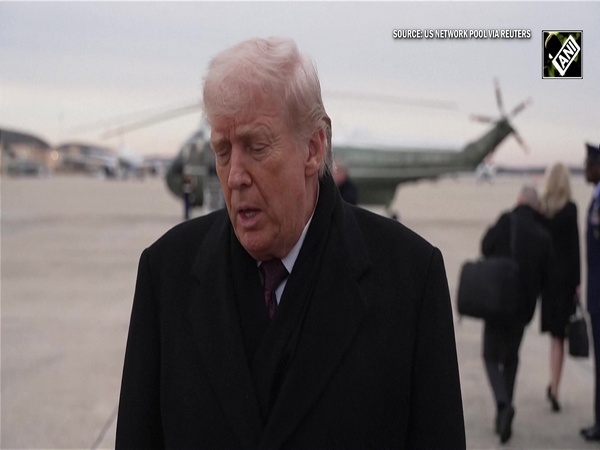Rupee will hover near current levels with a positive bias: UBI Report
Oct 05, 2024

New Delhi [India], October 5 : Analysts predict that the rupee will hover near current levels with a positive bias, supported by continued foreign portfolio investment (FPI) inflows and a generally weaker dollar, according to the Union Bank of India report.
However, escalating tensions in the Middle East may exert downward pressure on the rupee, especially if dollar outflows intensify amid geopolitical uncertainty, it said.
Technically, experts suggest that the rupee may find support at Rs83.76, with strong resistance around Rs83.99. A breach of these levels could push the currency to test Rs84.16, last seen in non-deliverable forward (NDF) markets.
The Indian rupee witnessed a boost in the last week of September, gaining approximately 0.66 per cent from its all-time low on September 12 (Rs83.99) to Rs83.4350 by September 23.
This appreciation was largely driven by the US Federal Reserve's jumbo 50 basis points (bps) rate cut during the September Federal Open Market Committee (FOMC) meeting, along with robust Foreign Portfolio Investment (FPI) inflows.
The rate cut, coupled with a weakening dollar and softened US Treasury yields, helped the rupee reach levels not seen since June 2024.
However, despite these gains, the rupee's overall performance on a month-over-month (MoM) basis remained modest, with an increase of just 0.08 per cent.
The dollar index (DXY) fell to 100.16, while the 10-year US Treasury yield eased to 3.60 per cent, prompting appreciation across global currencies, including those in emerging markets like India.
The surge in FPI inflows--totaling around USD 14 billion in September, the highest monthly inflow in 2024--played a key role in the rupee's recovery.
The inflows provided crucial support to the domestic currency, allowing it to break past its earlier range and touch levels last seen in July. However, despite these positives, the rupee's volatility remained weaker compared to other Asian currencies.
India, as a major oil importer, remains highly sensitive to fluctuations in global crude oil prices, which directly affect the country's current account dynamics.
In recent weeks, geopolitical tensions, particularly in the Middle East, have driven oil prices higher, putting renewed pressure on the rupee. Consequently, the rupee retraced from its recent gains, trending back towards its previous lows.
In the final week of September, the rupee traded within a volatile range, moving between Rs83.4350 and Rs83.8125. The main driver was the start of the rate cut cycle by the Fed, which is expected to influence flows into high-yielding emerging market assets like India.
Looking ahead, the interest rate differential between the US and India is expected to widen, as the Fed continues its rate-cutting cycle following the September FOMC meeting.
Meanwhile, the Reserve Bank of India (RBI) is likely to maintain its "withdrawal of accommodation" stance in its October policy review, largely due to persistent food inflation. This differential could attract more FPI inflows, lending further support to the rupee.



















